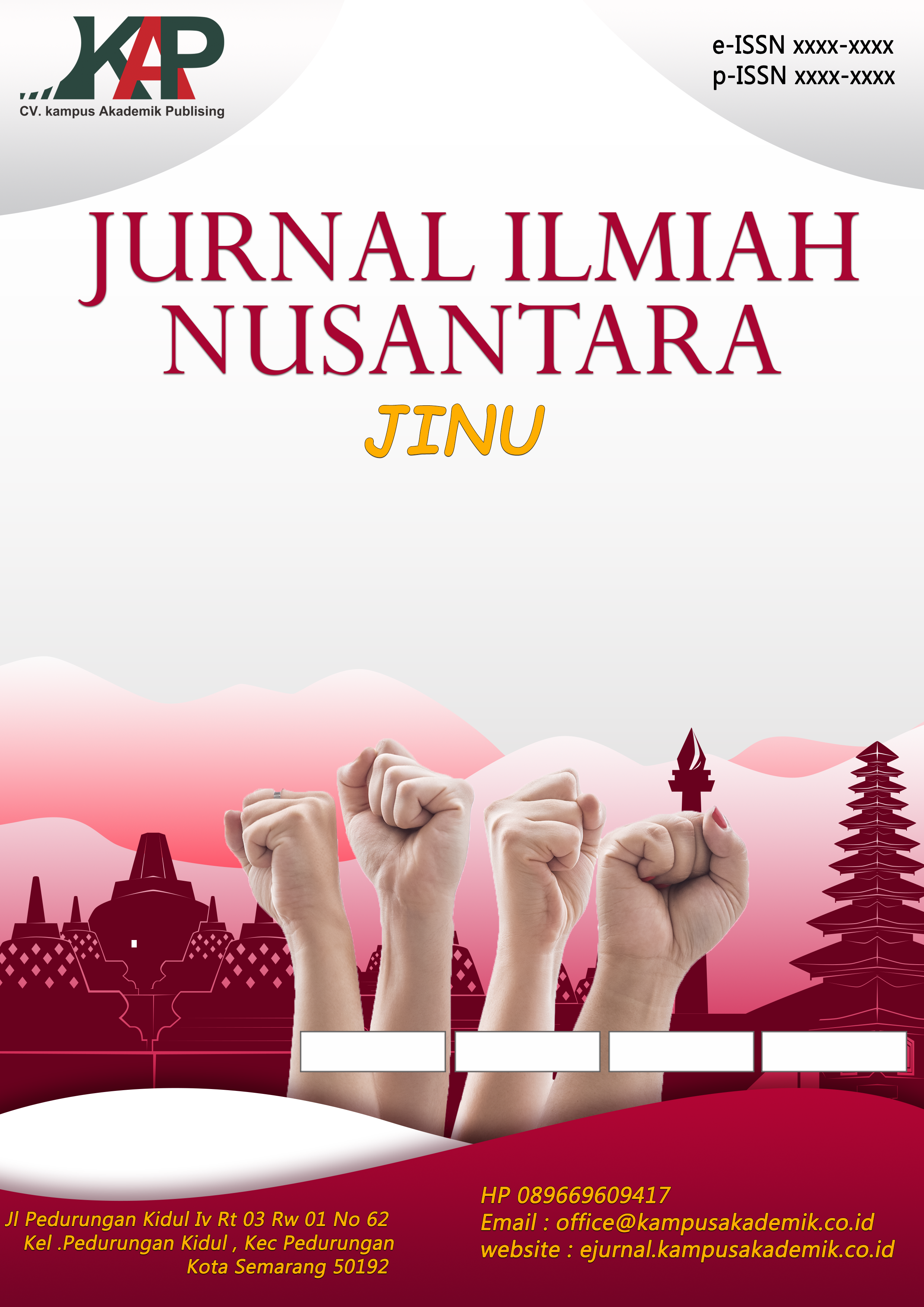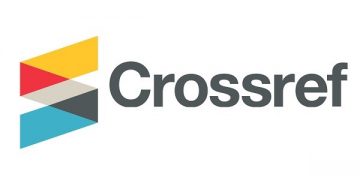ANALISIS MEDIA PEMBELAJARAN IPAS PADA MATERI LISTRIK STATIS DAN DINAMIS BAGI SISWA SEKOLAH DASAR
DOI:
https://doi.org/10.61722/jinu.v2i5.6076Keywords:
learning media, IPAS, sensitive plant, elementary schoolAbstract
This study aims to explore the forms and effectiveness of the use of learning media on static and dynamic electricity in Natural and Social Sciences (IPAS) learning at the Elementary School level. The background of this study is based on students' difficulties in understanding abstract electricity concepts and teachers' limitations in utilizing technology-based media. Using a qualitative descriptive approach, data were collected through observation, interviews, and documentation in several Elementary Schools that have implemented learning media in IPAS. The results of the study indicate that learning media, both conventional and digital, play an important role in increasing student engagement, conceptual
understanding, and learning motivation. Digital media such as animated videos and interactive simulations (PhET) have been proven to be able to explain abstract phenomena visually and concretely, while simple teaching aids such as electroscopes are effective in demonstrating static electricity phenomena. The obstacles faced include limited technological infrastructure and teacher competence in using digital media. Therefore, teacher training and the provision of supporting facilities are key to optimizing media-based learning. This study recommends the use of interactive media as a contextual, engaging, and appropriate IPAS learning strategy that is appropriate to the cognitive characteristics of Elementary School students.
References
Creswell, J. W. (2020). Research Design: Pendekatan Metode Kualitatif, Kuantitatif, dan Campuran. Yogyakarta: Pustaka Pelajar. https://pustakapelajar.co.id
Fitriyani, A., & Susanti, R. (2022). Analisis Penggunaan Media Pembelajaran dalam Pembelajaran IPAS di Sekolah Dasar. Jurnal Pendidikan Dasar, 13(1), 34–45. https://ejournal.unesa.ac.id/index.php/jurnal-pendidikan- dasar/article/view/45678
Hartati, T., & Ramadhani, D. (2023). Pengaruh Media Interaktif terhadap Pemahaman Konsep Listrik pada Siswa Sekolah Dasar. Jurnal Ilmu Pendidikan, 25(2), 89–97. https://journal.uny.ac.id/index.php/jip/article/view/47829
Mayer, R. E. (2020). Multimedia Learning (3rd ed.). Cambridge University Press. https://www.cambridge.org/core/books/multimedia- learning/0D06E04C59E4F01F1DFD3F7FC1D8FA71
Miles, M. B., Huberman, A. M., & Saldaña, J. (2020). Qualitative Data Analysis: A Methods Sourcebook. Thousand Oaks: SAGE Publications. https://us.sagepub.com/en-us/nam/qualitative-data-analysis/book246128
Moleong, L. J. (2021). Metodologi Penelitian Kualitatif. Bandung: Remaja Rosdakarya. https://rosdakarya.co.id/produk/metodologi-penelitian- kualitatif
Purwaningsih, E., & Wibowo, A. (2021). Efektivitas Media Gambar Bergerak dalam Pembelajaran Sains SD. Jurnal Ilmiah Sekolah Dasar, 5(3), 178–
https://ejournal.undiksha.ac.id/index.php/JISD/article/view/37327
Sadiman, A. S., Rahardjo, R., Haryono, A., & Rahardjito, A. (2021). Media Pendidikan: Pengertian, Pengembangan dan Pemanfaatannya. Jakarta: RajaGrafindo Persada. https://rajagrafindo.co.id/produk/media-pendidikan
Sugiyono. (2021). Metode Penelitian Kualitatif, Kuantitatif dan R&D. Bandung: Alfabeta. https://www.alfabeta.co.id/book/197
Utami, N. D., & Saputro, S. (2020). Pengembangan Media Pembelajaran Interaktif untuk Materi Listrik Dinamis. Jurnal Inovasi Pendidikan IPA, 6(2), 129–137.
https://journal.unnes.ac.id/sju/index.php/jipi/article/view/40177
Downloads
Published
Issue
Section
License
Copyright (c) 2025 JURNAL ILMIAH NUSANTARA

This work is licensed under a Creative Commons Attribution-ShareAlike 4.0 International License.













